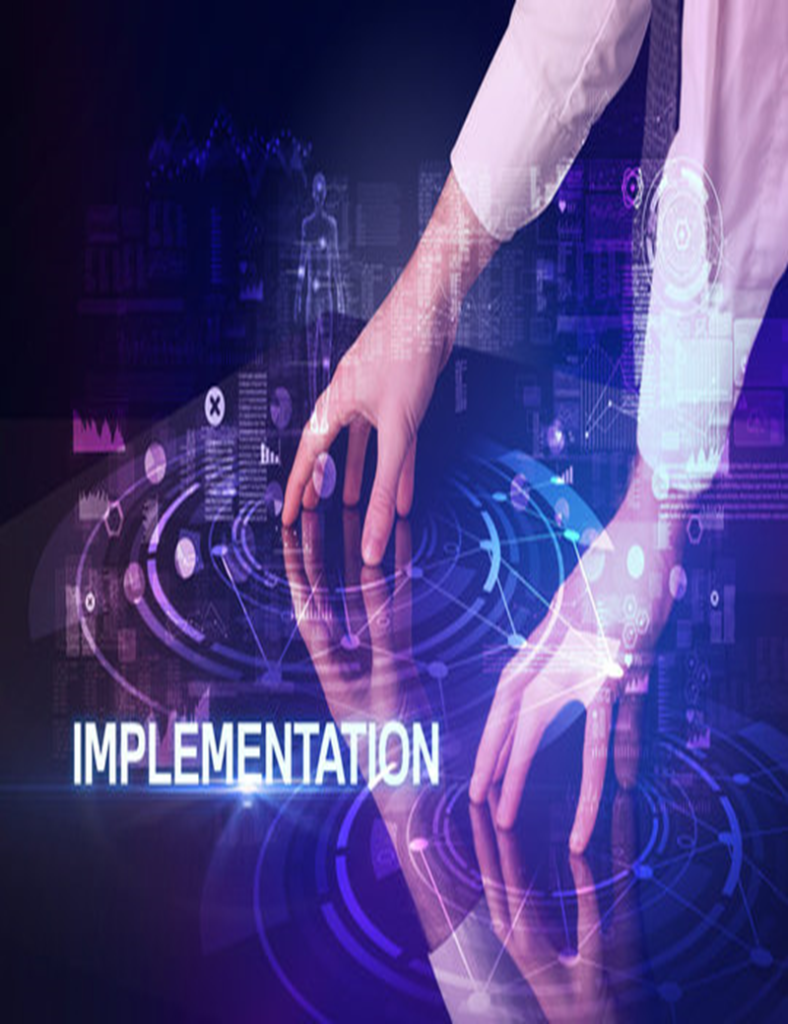Phases of Project Management
Phases of project management
•Initiation: Idea
•Definition phase: What?
•Design phase: How?
•Development phase: How to Implement
•Implementation Phase: Implementation
•Follow – Up Phase: Maintenance
Initiation:
The initiation phase is the beginning of the project. In this phase, the idea for the project is explored and elaborated. The goal of this phase is to examine the feasibility of the project. In addition, decisions are made concerning who is to carry out the project, which party (or parties) will be involved and whether the project has an adequate base of support among those who are involved.
In this phase, the current or prospective project leader writes a proposal, which contains a description of the above-mentioned matters. Examples of this type of project proposal include business plans and grant applications. The prospective sponsors of the project evaluate the proposal and, upon approval, provide the necessary financing. The project officially begins at the time of approval.
Questions to be answered in the initiation phase include the following:
(a) Why this project?
(b) Is it feasible?
(c) Who are possible partners in this project?
(d) What should the results be?
(e) What are the boundaries of this project (what is outside the scope of the project)?

Definition:
After the project plan (which was developed in the initiation phase) has been approved, the project enters the second phase: the definition phase.
In this phase, the requirements that are associated with a project result are specified as clearly as possible.
This involves identifying the expectations that all of the involved parties have with regard to the project result.

Design:
The list of requirements that is developed in the definition phase can be used to make design choices.
In the design phase, one or more designs are developed, with which the project result can apparently be achieved.
Depending on the subject of the project, the products of the design phase can include dioramas, sketches, flow charts, site trees, HTML screen designs, prototypes, photo impressions and UML schemas.
The project supervisors use these designs to choose the definitive design that will be produced in the project.
This is followed by the development phase.
As in the definition phase, once the design has been chosen, it cannot be changed in a later stage of the project.


Development:
During the development phase, everything that will be needed to implement the project is arranged
Potential suppliers or subcontractors are brought in, a schedule is made, materials and tools are ordered, and instructions are given to the personnel and so forth.
The development phase is complete when implementation is ready to start. All matters must be clear for the parties that will carry out the implementation.
Implementation:
The project takes shape during the implementation phase.
This phase involves the construction of the actual project result.
Programmers are occupied with encoding, designers are involved in developing graphic material, contractors are building, and the actual reorganization takes place.
It is during this phase that the project becomes visible to outsiders, to whom it may appear that the project has just begun.
The implementation phase is the doing phase, and it is important to maintain the momentum.

Follow – up:
During this phase, everything is arranged that is necessary to bring the project to a successful completion.
Examples of activities in the follow-up phase include writing handbooks, providing instruction and training for users, setting up a help desk, maintaining the result, evaluating the project itself, writing the project report, holding a party to celebrate the result that has been achieved, transferring to the directors and dismantling the project team.
